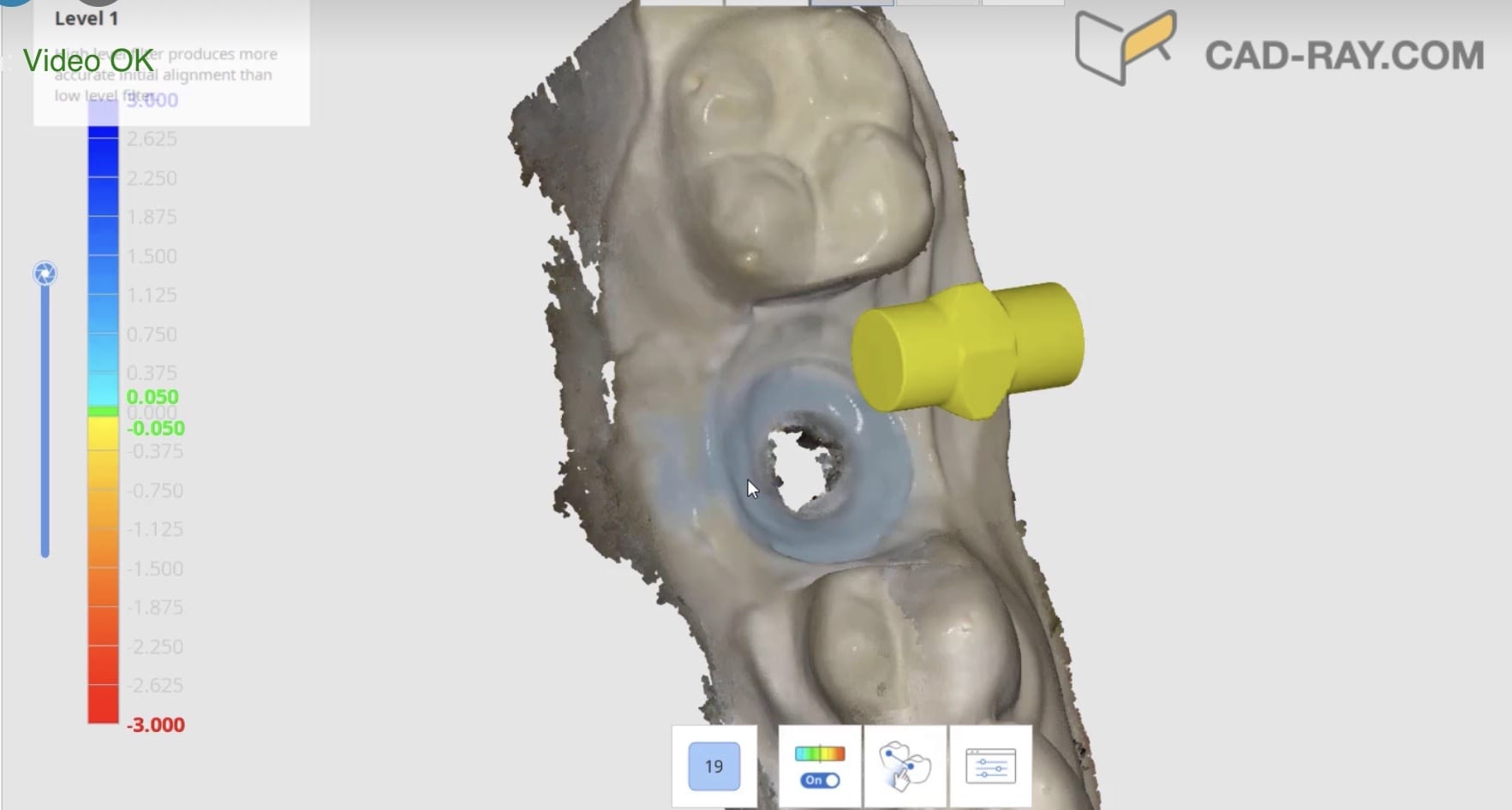
 When we 3D scan the surface of an object, we plot geometric figures (usually triangles) on the surface of that object which is usually round or has some other geometric shape. A satellite beam hitting the surface of the earth is a good way to visualize the scanning process as the photo illustrates.
When we 3D scan the surface of an object, we plot geometric figures (usually triangles) on the surface of that object which is usually round or has some other geometric shape. A satellite beam hitting the surface of the earth is a good way to visualize the scanning process as the photo illustrates.
As you span across long distances, a meshwork of triangles are plotted together to accurately represent the topography of the object. You can start “veering off track” and forming models that are inaccurate representations of that object if you don’t properly form this framework. There are many variables that can introduce these errors including simple matters like speed of scanning.
Now, with this dental artificial intelligence program, the software can digitally plot and drop known shapes on top of attachments or devices we place in the mouth. Color mapping can let us know if we are staying accurate, on path, or introducing errors and deviations!
Now imagine if you have 6 objects sticking out of a flat plane that this AI program readily recognizes. Identifying these landmarks is the first step, but the bigger significance is that we can scan from object 1 > 2 > 3 > 4 > 6, and when we continuously to image backwards from object 6 to object 1, and our color coding remains the same, we are guaranteed scan accuracy.
People go to 2 extra years of schooling to do accurate work in complex cases, most of which will be replaced with software algorithms like this. This is a serious and significant advancement in dentistry, particularly in implant dentistry. Here’s a video that detail how we use it to restore dental implants.

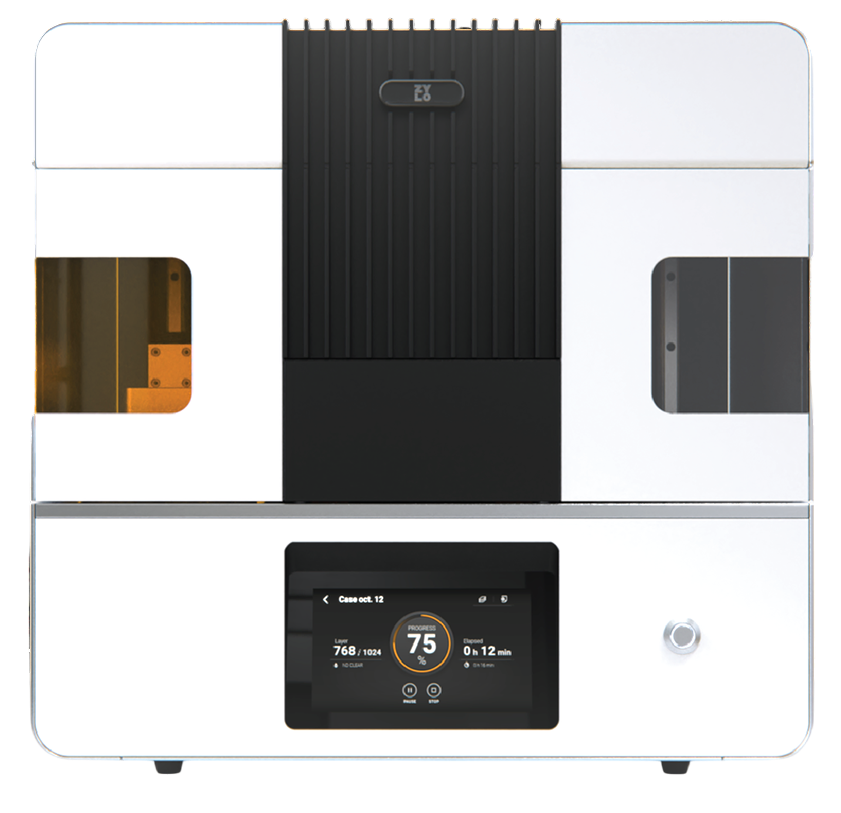
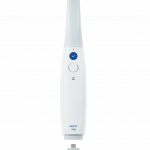



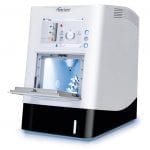
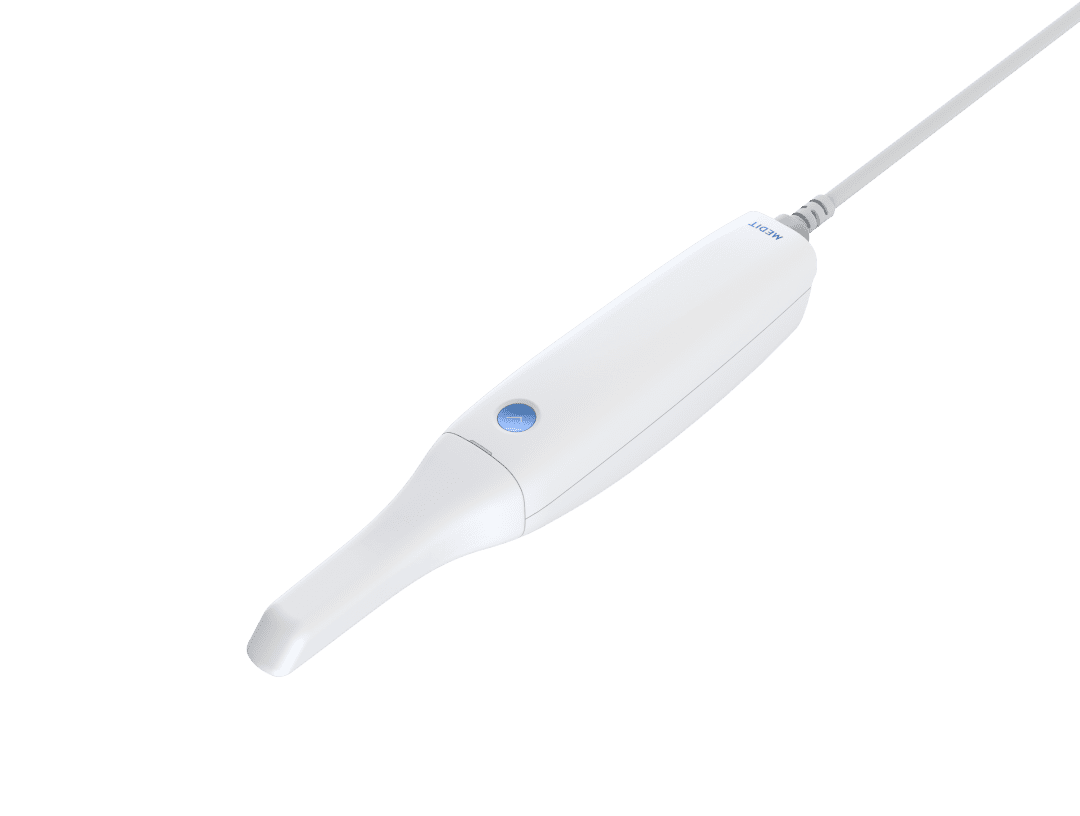
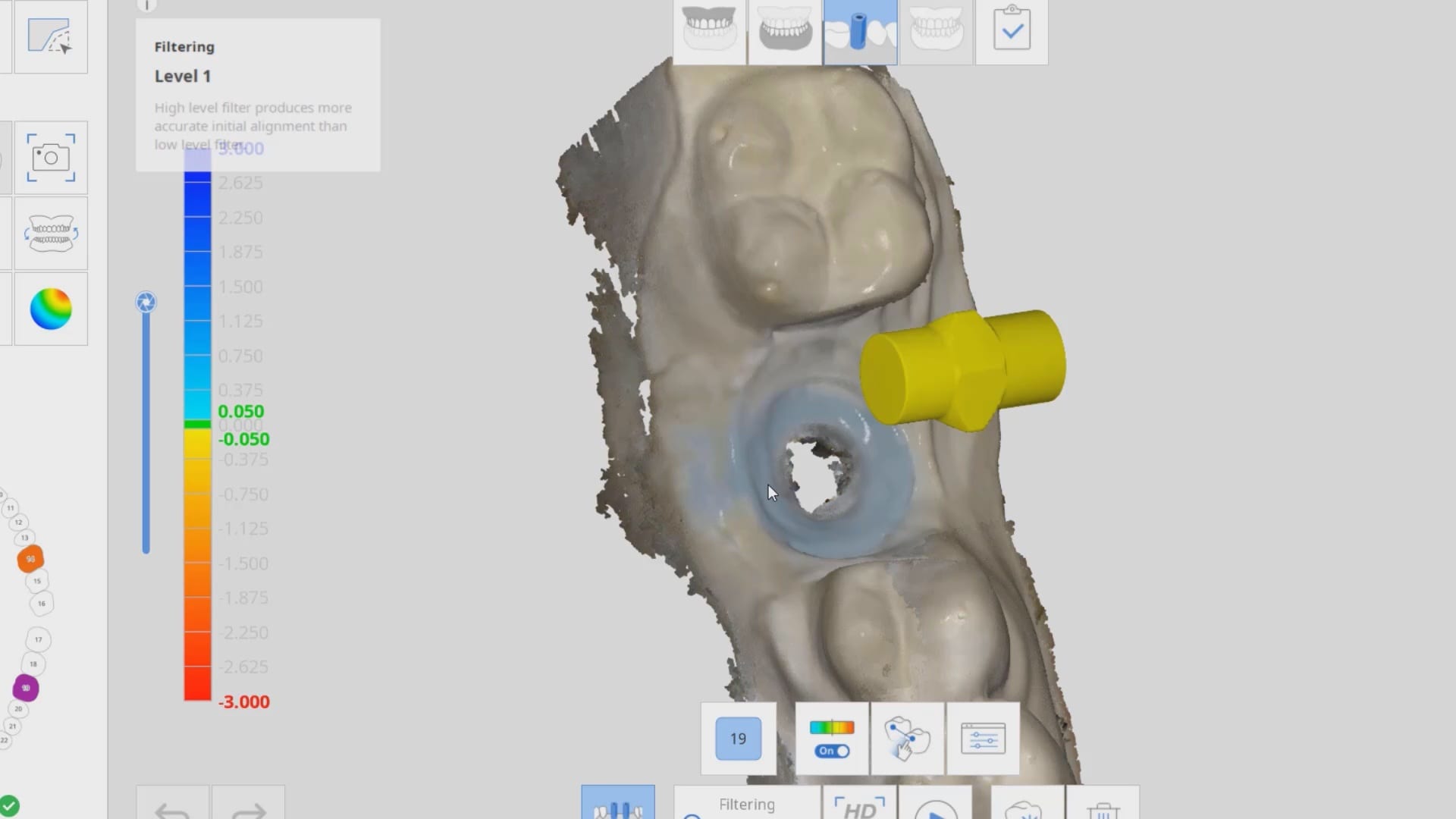
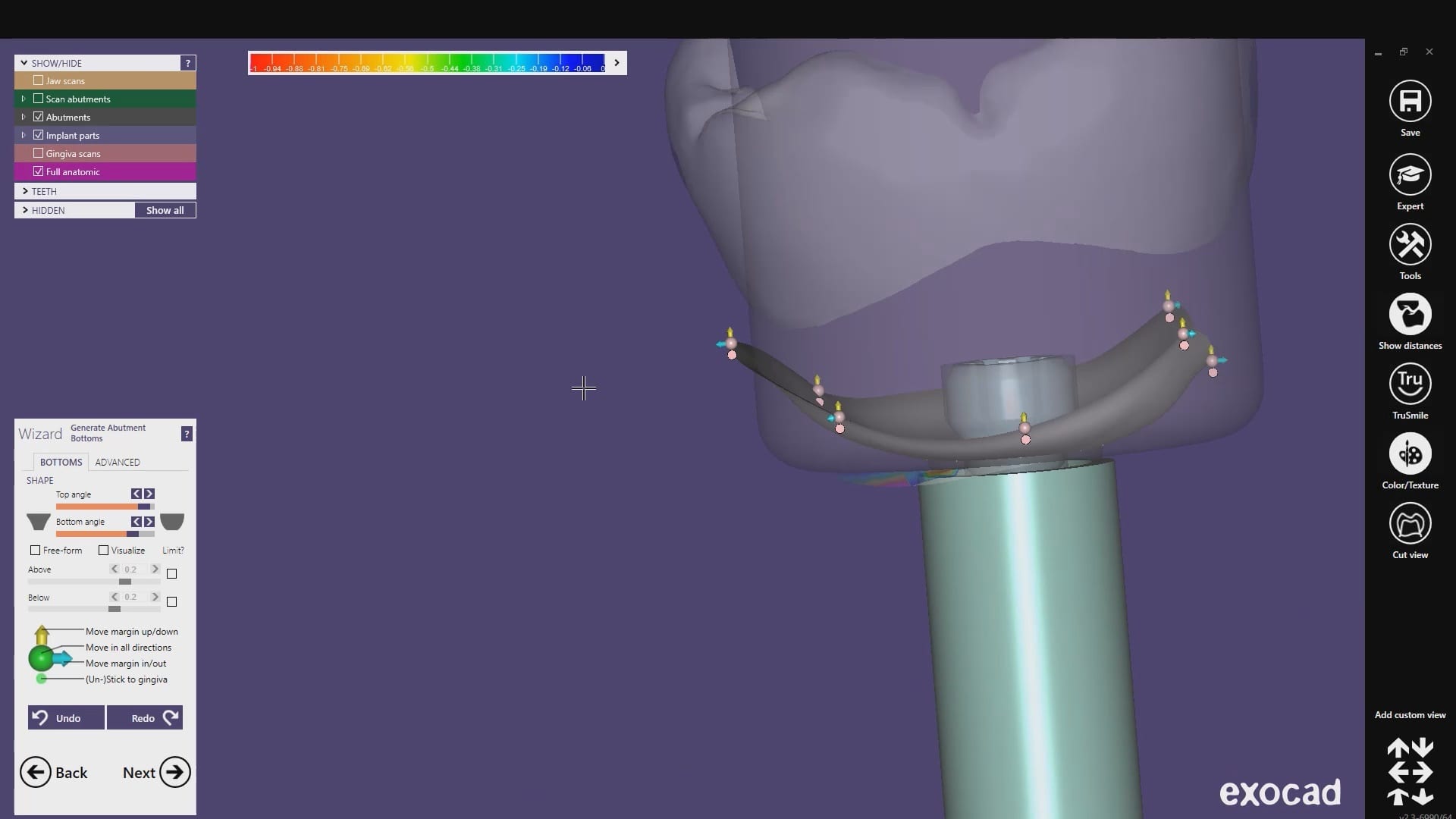

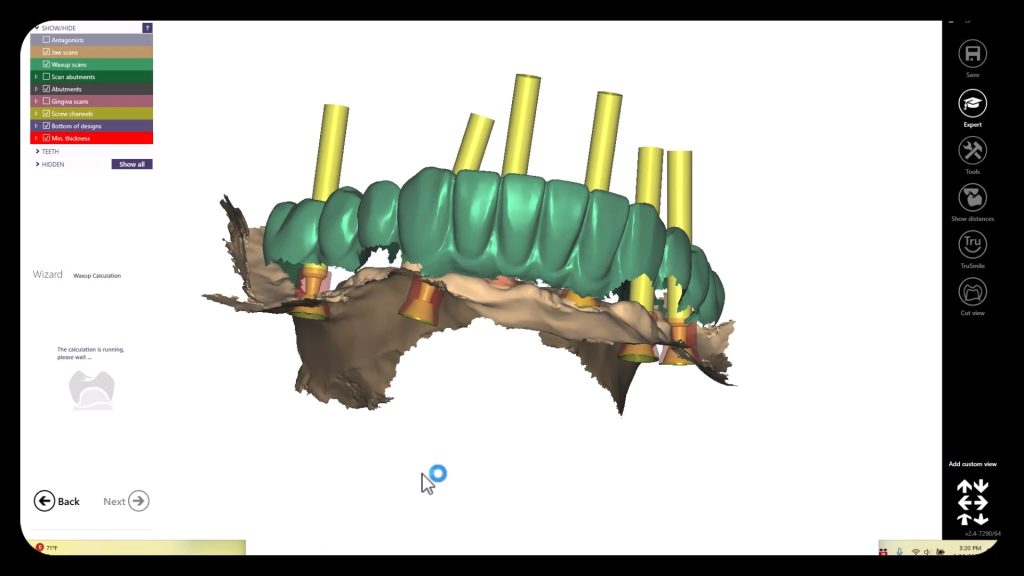
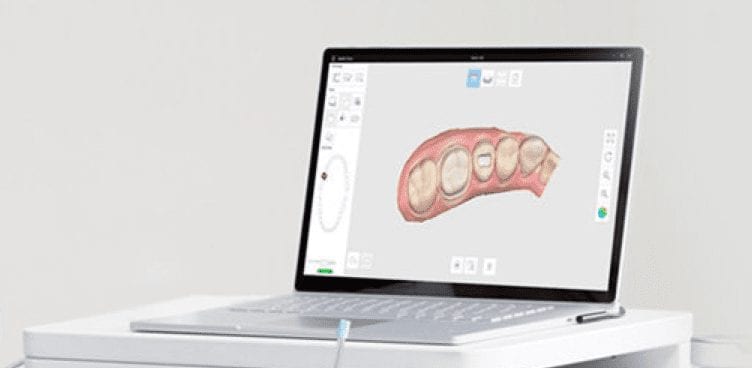
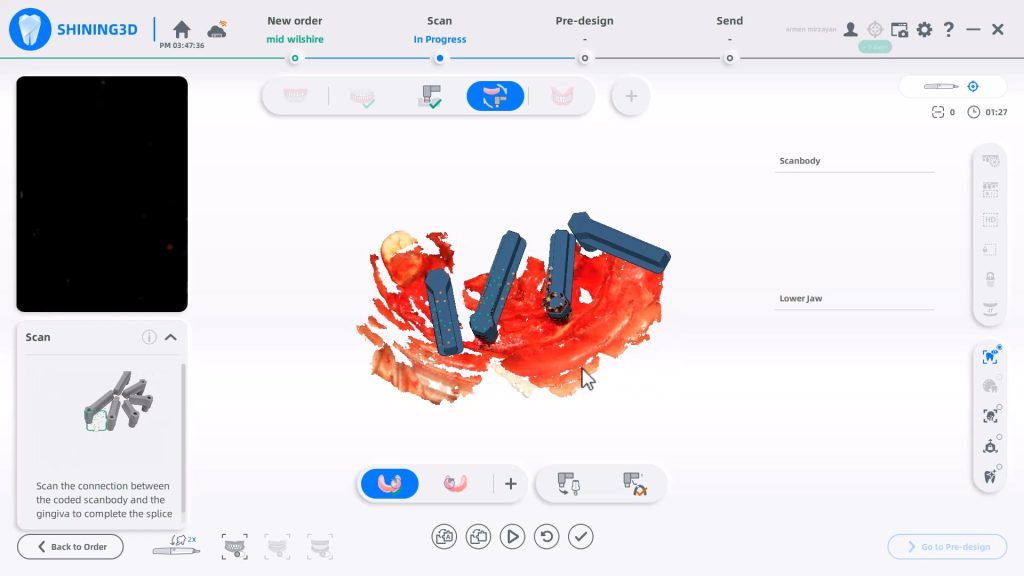
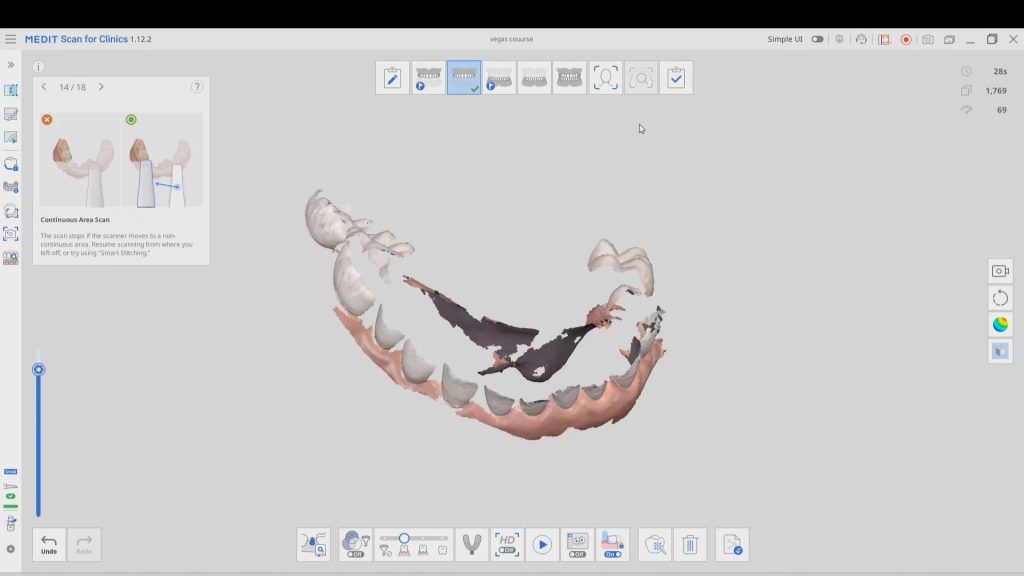
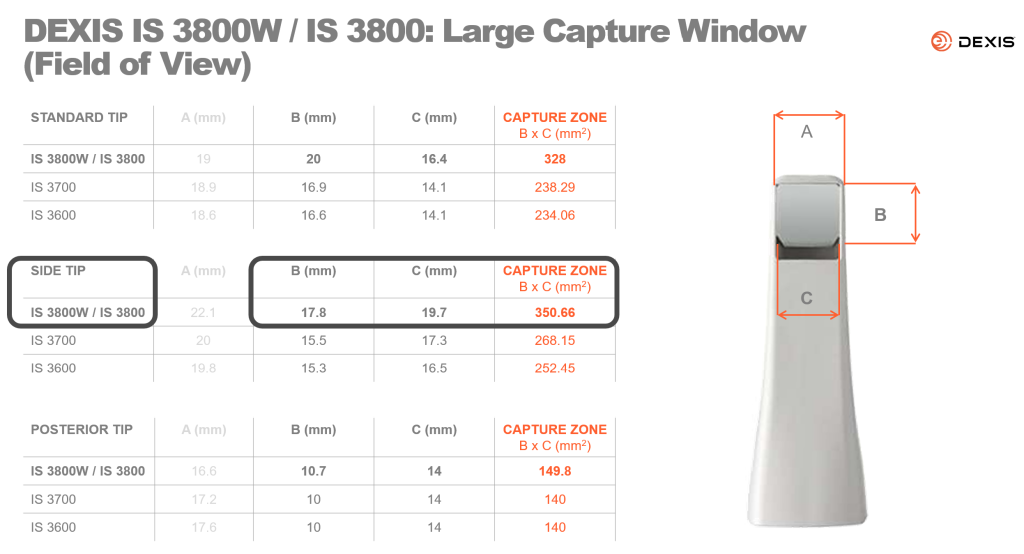
You must log in to post a comment.